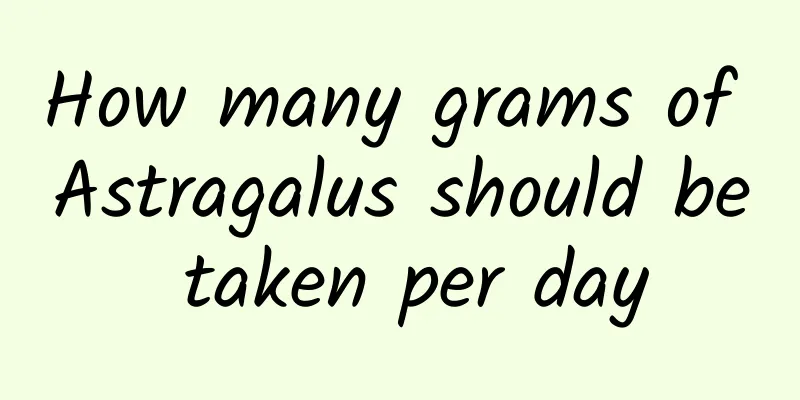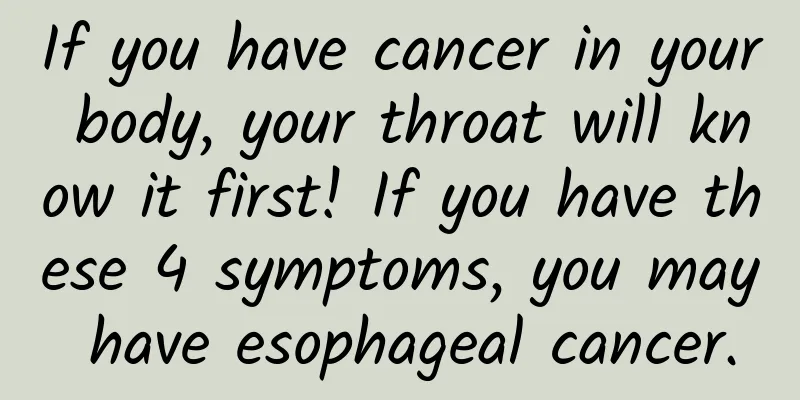The efficacy and function of kiwi pear root

|
Kiwi pear root is a common Chinese medicine in clinical practice. For people with poor physical constitution, eating kiwi pear root can help us maintain better health. Today I will introduce kiwi pear root to you. 【Other name】 Fujin pear root [Source] Medicinal material source: Actinidia arguta (Sieb. et Zucc.) Plarich. exMiq. Root. [Original form] Actinidia arguta is a large vine that can grow over 30 meters in length. Young branches are sometimes covered with grayish white sparse soft hairs, while old branches are smooth; pith is brown and flaky. Simple leaves are alternate; petioles and veins are often black when dry; leaf blades are membranous or papery, ovate, elliptical-ovate or oblong, 16-13cm long, 5-9cm wide, with pointed or short-tailed tips, rounded or cordate bases, rarely nearly cuneate, with sharp serrations on the edges, light brown or grayish white soft hairs in the vein axils on the underside, and otherwise glabrous. Cymes are axillary, with 3-6 flowers; flowers are unisexual, dioecious or unisexual and bisexual flowers coexist; flowers are white, 1.2-2cm in diameter; perianth is 5-membered; sepals are hairy only on the edges; stamens are numerous; styles are filiform and numerous. The berries are spherical to oblong and smooth. The flowering period is June-July, and the fruiting period is September. [Habitat distribution] Ecological environment: Growing in mountain thickets or forests at an altitude of 1900m. [Chemical composition] The root contains ursolic acid, oleanolic acid, succinic acid and dancosterol. The whole herb contains actinidine. Leaves contain chlorophyll. Lutein, carotene, potassium, sodium, etc. The leaves also contain quercetin-3-O-[α-rhamnopyranosyl-(14)-rhamnopyranosyl-(1-6)-β-galactopy-ranoside], kaempferol-3-O-[α-rhamnopyranosyl-(1-4)- rhamnopyranosyl-(1-6)-β-galactopyra-noside], etc. [Pharmacological action] Intramuscular injection of 0.2 g/kg of the water-soluble component of Actinidia arguta root for 8 consecutive days has a significant inhibitory effect on mouse cervical cancer 14 (U14). It can promote lymphocyte transformation of C3H mice in vitro and enhance the cytotoxic effect of natural killer (NK) cells of these mice on 125I-dUrd-labeled U14 target cells in vivo. In addition, it can inhibit the production of hemolysin in C57 mice in vivo. These results indicate that the drug has the effects of resisting mouse U14 solid tumor, enhancing cellular immunity and inhibiting humoral immunity. Its anti-tumor effect may be partly related to its promotion of lymphocyte transformation and enhancement of NK cell activity. Actinidia arguta stem polysaccharide 70-560 μg/ml stimulated mouse spleen cell proliferation in a dose-dependent manner in vitro and enhanced the responsiveness of spleen cells to concanavalin C (C0nA) stimulation. The polysaccharide alone cannot induce IL-2 production, but can enhance the IL-2 content in the supernatant of Con A-induced spleen cell culture. After subcutaneous injection of 150 mg/kg of the polysaccharide for 9 consecutive days, the spontaneous transformation of spleen cells, the proliferation of lymphocytes, the proliferation response stimulated by Con A and the production of IL-2 were significantly higher than those of the control group. This shows that this polysaccharide has a positive regulatory effect on cellular immunity. 【Nature and flavor】 Light; slightly astringent; neutral 【Functions and indications】 Clears away heat and dampness; dispels wind and removes numbness; detoxifies and reduces swelling; stops bleeding. It is used to treat jaundice, indigestion, vomiting, rheumatic pain, digestive tract cancer, carbuncle, furuncle, trauma, bleeding due to trauma, and milk retention. [Usage and Dosage] For oral use: decoct in water, 15-60g; or mash and drink the juice. 【Excerpt】 Chinese Materia Medica Through the detailed introduction of kiwi pear root, I believe everyone has a certain understanding and can better improve our common sense of life. |
<<: The efficacy and function of King Kong powder
>>: The efficacy and function of the Vajra Mouth Swing
Recommend
The efficacy and function of snake medicine
Snake medicine is a very nutritious and precious ...
The efficacy and function of beef tendon
Traditional Chinese medicine is very effective in...
The efficacy of Cynomorium songaricum, Codonopsis pilosula, Chinese yam and raspberry
Do you know what is Cynomorium songaricum? What i...
Disgusting, scary... Many times on the trending search list! How scary are the organisms in "Alien"?
As a long-standing Hollywood science fiction thri...
The medicinal value of cicadas
As society continues to progress, people's th...
Financial report: Amazon's Q1 revenue surged 34%, exceeding market expectations
Today, e-commerce giant Amazon released its first...
The effect of drinking Cassia seed soaked in water
The efficacy and functions of Cassia seed have al...
A habit engraved in the DNA of Chinese people: No matter how hot the weather is, you have to cover your stomach. Do you do the same?
It’s really hard to cover yourself with a quilt d...
The efficacy and function of wild rice
The essence of traditional Chinese medicine is to...
eMarketer: The impact of mobile phones on users' shopping paths
The proportion of users using smartphones and tab...
How deep is your misunderstanding of the Ghost Festival?
Today is the 15th day of the seventh lunar month,...
The efficacy and function of boxwood
Boxwood is a medicinal material that is quite com...
The efficacy and function of sea shell
Speaking of sea moon shell, many people know that...
Putting this kind of film on your phone will really ruin your eyes... Urgent reminder →
A user posted that after using a privacy film in ...
What? Your brain will freeze? Be careful when eating this kind of food!
Edit: April Recently, all parts of the country ha...






![The efficacy and function of Sanzhibiao [picture]](/upload/images/67ca75ec26073.webp)


